 Welcome
Welcome
“May all be happy, may all be healed, may all be at peace and may no one ever suffer."
Earwax blockage
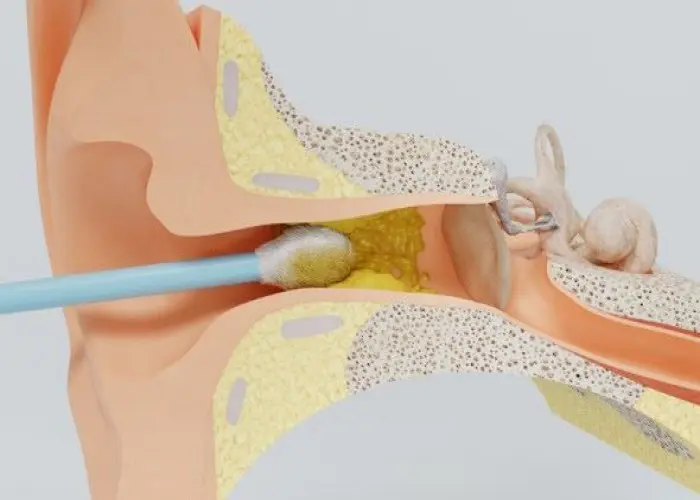
Earwax, also known as cerumen, is a natural substance that helps to protect the ear canal from infection and other irritants. In most cases, the ear is self-cleaning and excess earwax is removed naturally, but sometimes earwax can accumulate and become impacted, leading to a blockage.
Symptoms of an earwax blockage can include ear pain, ear fullness or pressure, tinnitus (ringing in the ears), difficulty hearing, and dizziness.
If you suspect you have an earwax blockage, it's important to seek medical attention to have it removed. Your doctor or an ear, nose, and throat (ENT) specialist can perform an examination to determine if there is a blockage and can remove it safely.
Treatment for an earwax blockage typically involves softening the earwax with a solution, such as hydrogen peroxide or mineral oil, and then flushing the ear with warm water using a bulb syringe or special irrigation device. In some cases, a doctor may use special instruments to carefully remove the earwax. It's important not to attempt to remove the earwax yourself using cotton swabs or other objects, as this can push the earwax further into the ear canal and potentially cause injury or infection.
To prevent earwax blockages, it's recommended to avoid inserting anything into the ear canal, including cotton swabs or other objects. If you are prone to earwax buildup, you may need to have your ears cleaned by a doctor periodically.
Research Papers
Disease Signs and Symptoms
- Ear pain
- Ringing in ears (tinnitus)
- Decreased hearing
- Dizziness (vertigo)
- Cough
Disease Causes
Earwax blockage
The wax in your ears is secreted by glands in the skin that lines the outer half of your ear canals. The wax and tiny hairs in these passages trap dust and other foreign particles that could damage deeper structures, such as your eardrum.
In most people, a small amount of earwax regularly makes its way to the opening of the ear, where it's washed away or falls out as new wax is secreted to replace it. If you secrete an excessive amount of wax or if earwax isn't cleared effectively, it may build up and block your ear canal.
Earwax blockages commonly occur when people try to clean their ears on their own by placing cotton swabs or other items in their ears. This often just pushes wax deeper into the ear, rather than removing it.
Disease Prevents
Disease Treatments
Your doctor can remove excess wax using a small, curved instrument called a curet or by using suction while inspecting the ear. Your doctor can also flush out the wax using a water pick or a rubber-bulb syringe filled with warm water.
If earwax buildup is a recurring problem, your doctor may recommend that you use a wax-removal medication, such as carbamide peroxide (Debrox Earwax Removal Kit, Murine Ear Wax Removal System). Because these drops can irritate the delicate skin of the eardrum and ear canal, use them only as directed.
Alternative medicine
Some people use ear candling, a technique that involves placing a lighted, hollow, cone-shaped candle into the ear, to try to remove earwax. The theory is that the heat from the flame will create a vacuum seal and the earwax will adhere to the candle.
However, ear candling is not a recommended treatment for earwax blockage. Research has found that ear candling doesn't work, and it may result in injury, such as burns, ear canal obstructions and even perforations.
Talk to your doctor before trying any alternative remedies for removing earwax.
Disease Diagnoses
Disease Allopathic Generics
Disease Ayurvedic Generics
Disease Homeopathic Generics
Disease yoga
Earwax blockage and Learn More about Diseases
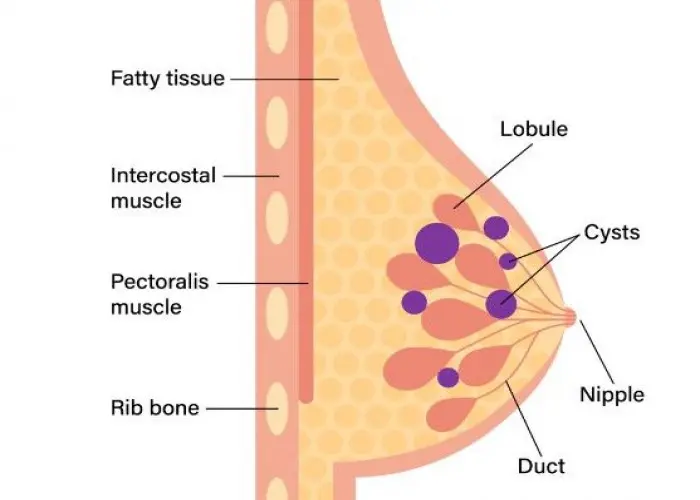
Fibrocystic breasts
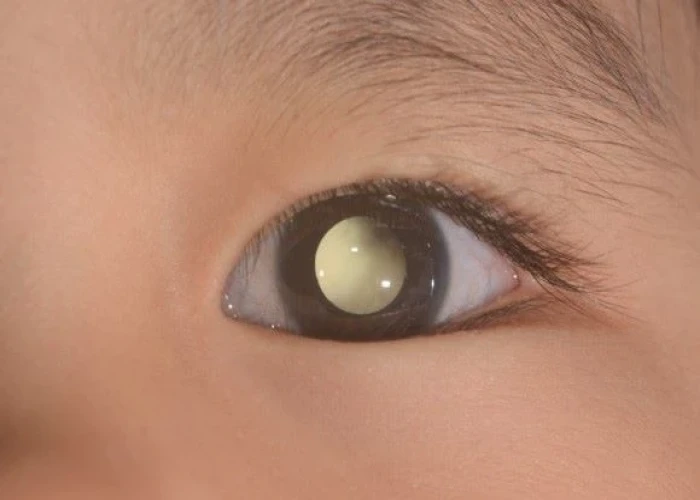
Retinoblastoma
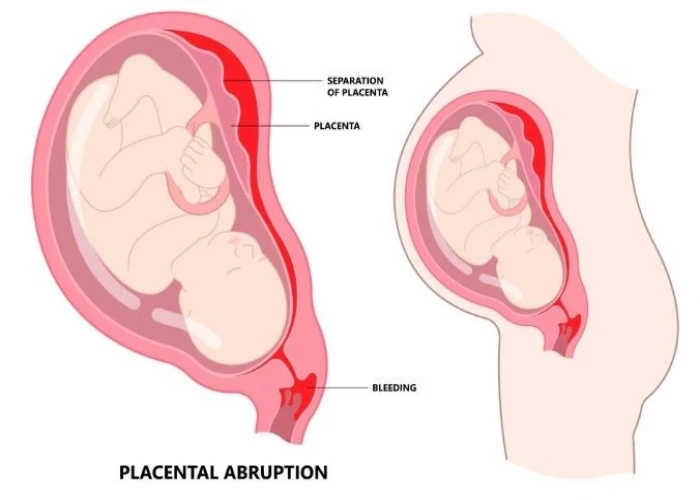
Placental abruption

Salmonella infection
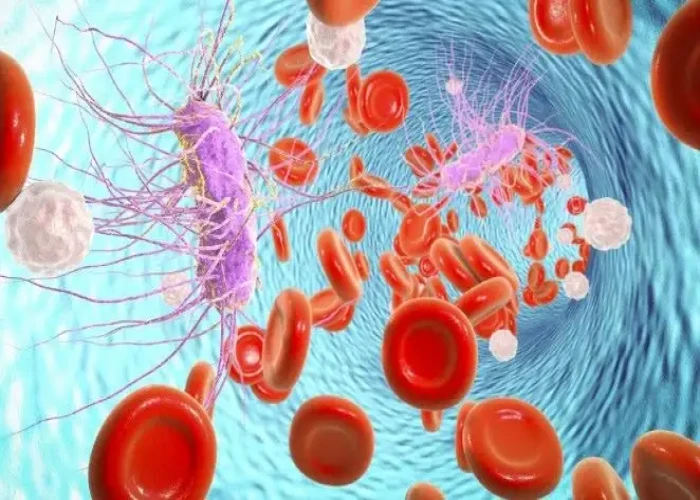
Sepsis

Progeria

Selective IgA deficiency

Soft tissue sarcoma
...
To be happy, beautiful, healthy, wealthy, hale and long-lived stay with DM3S.
